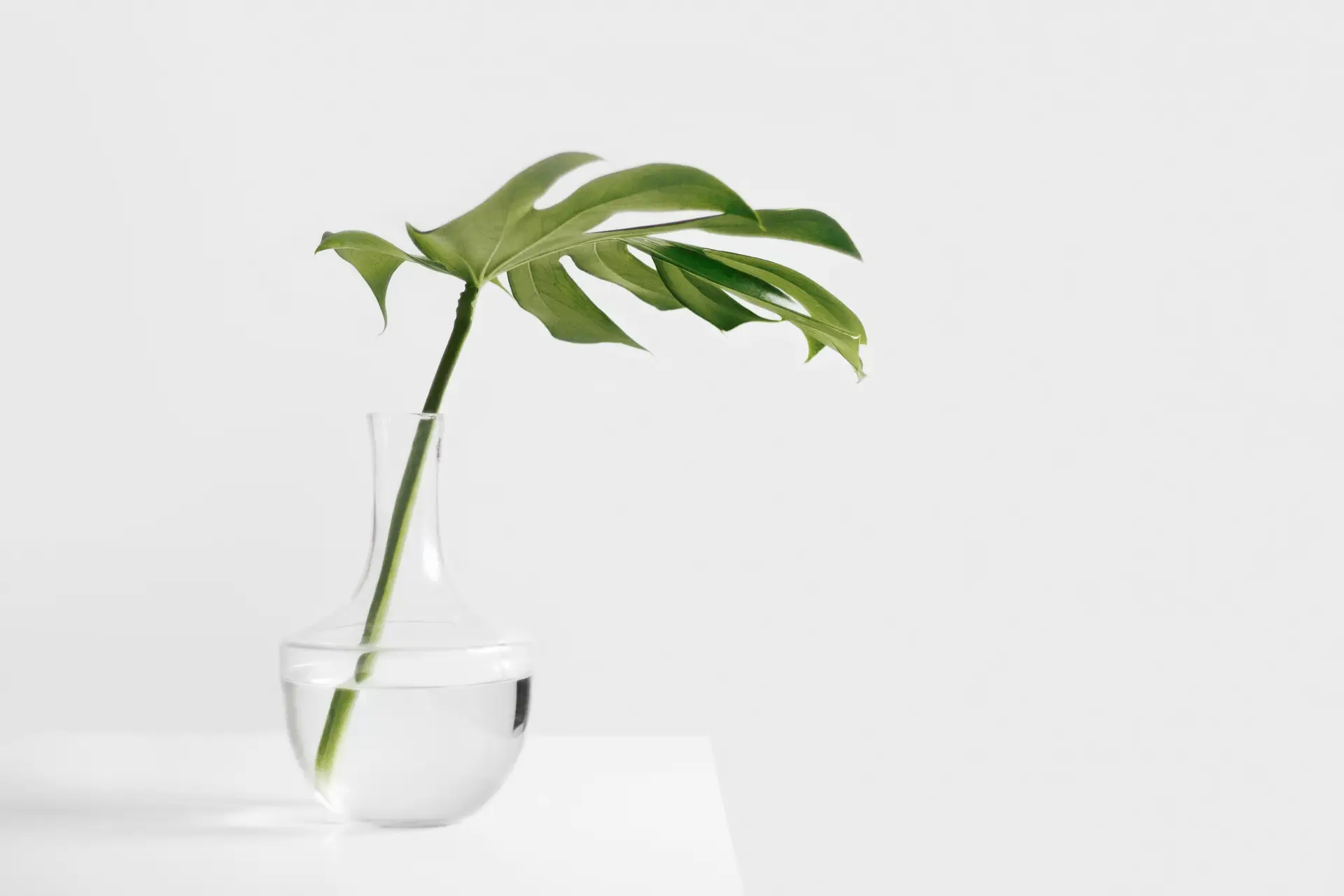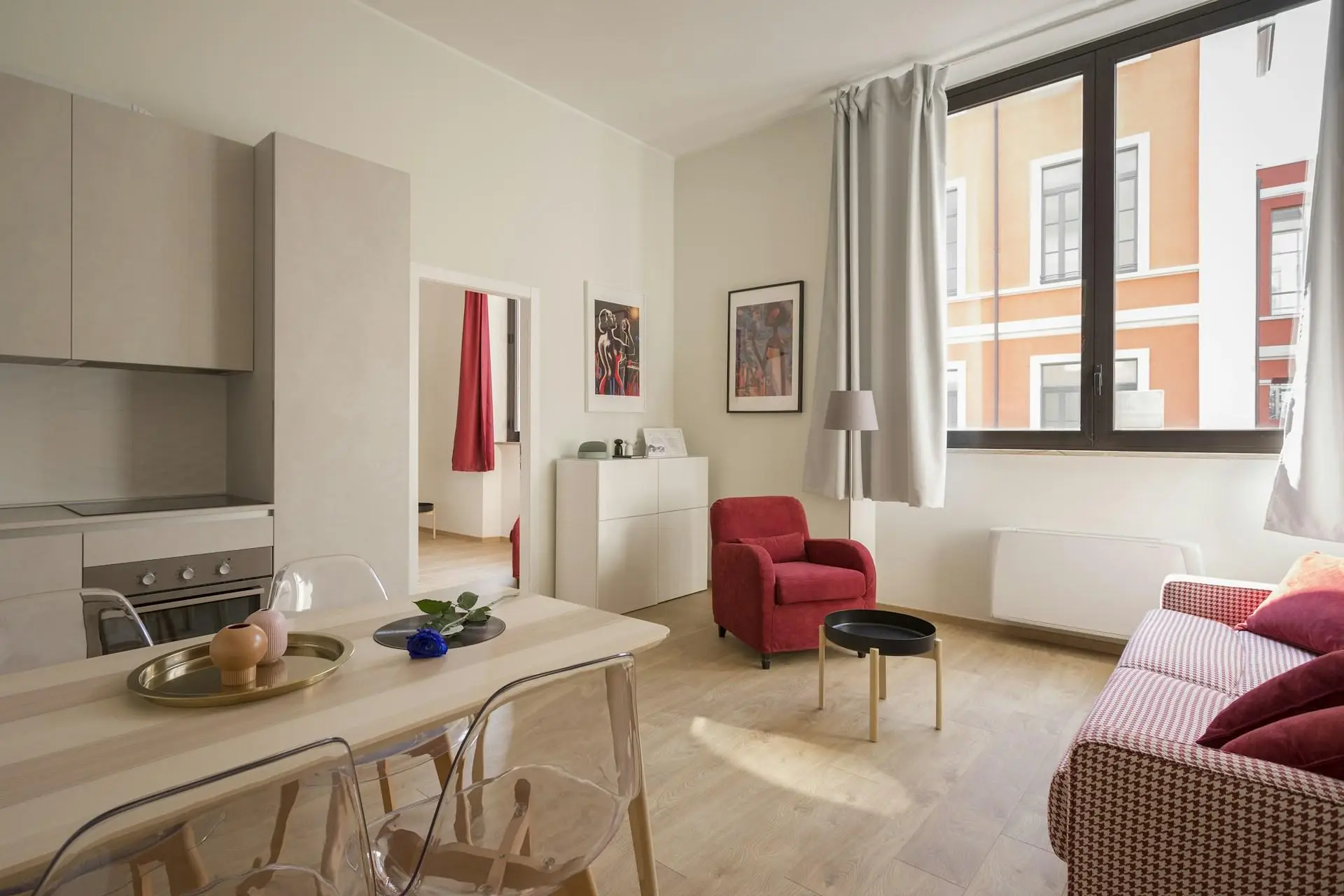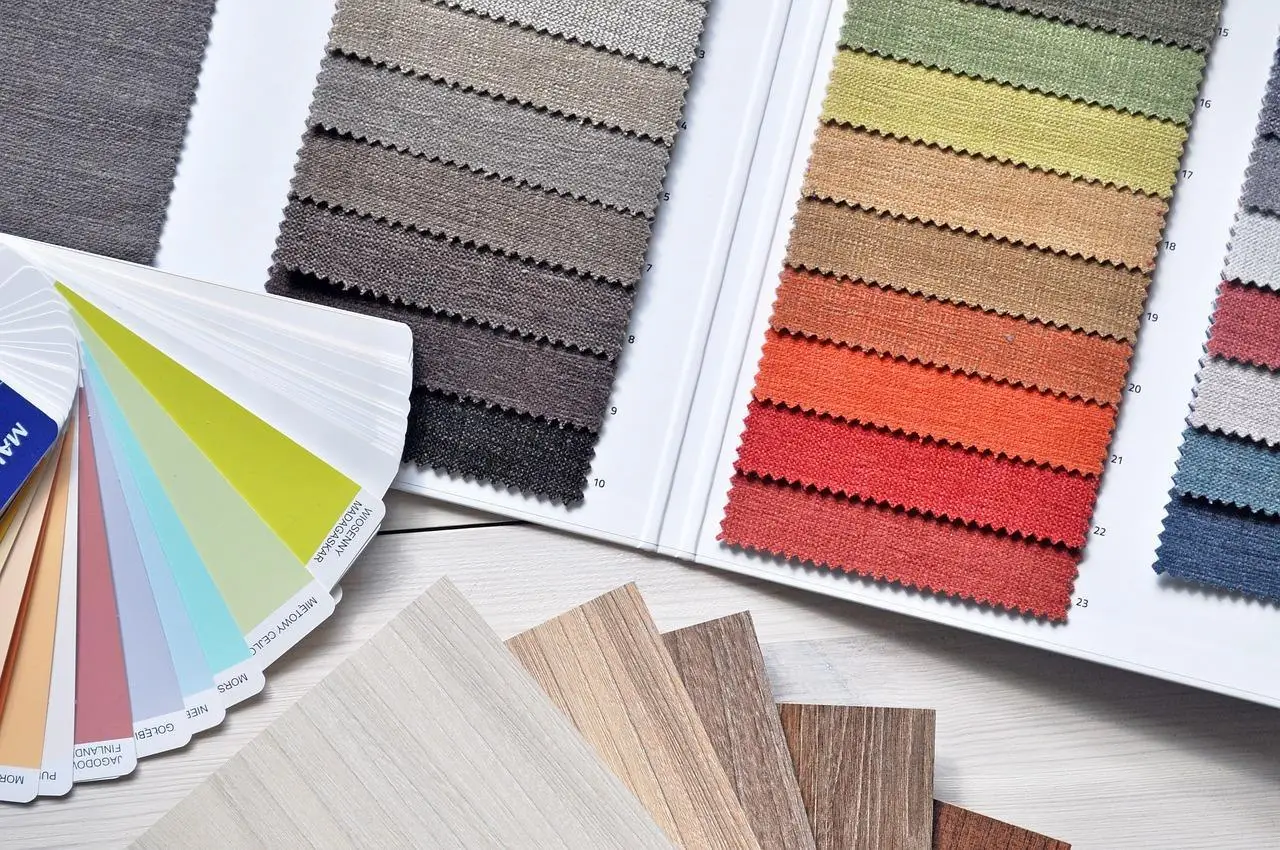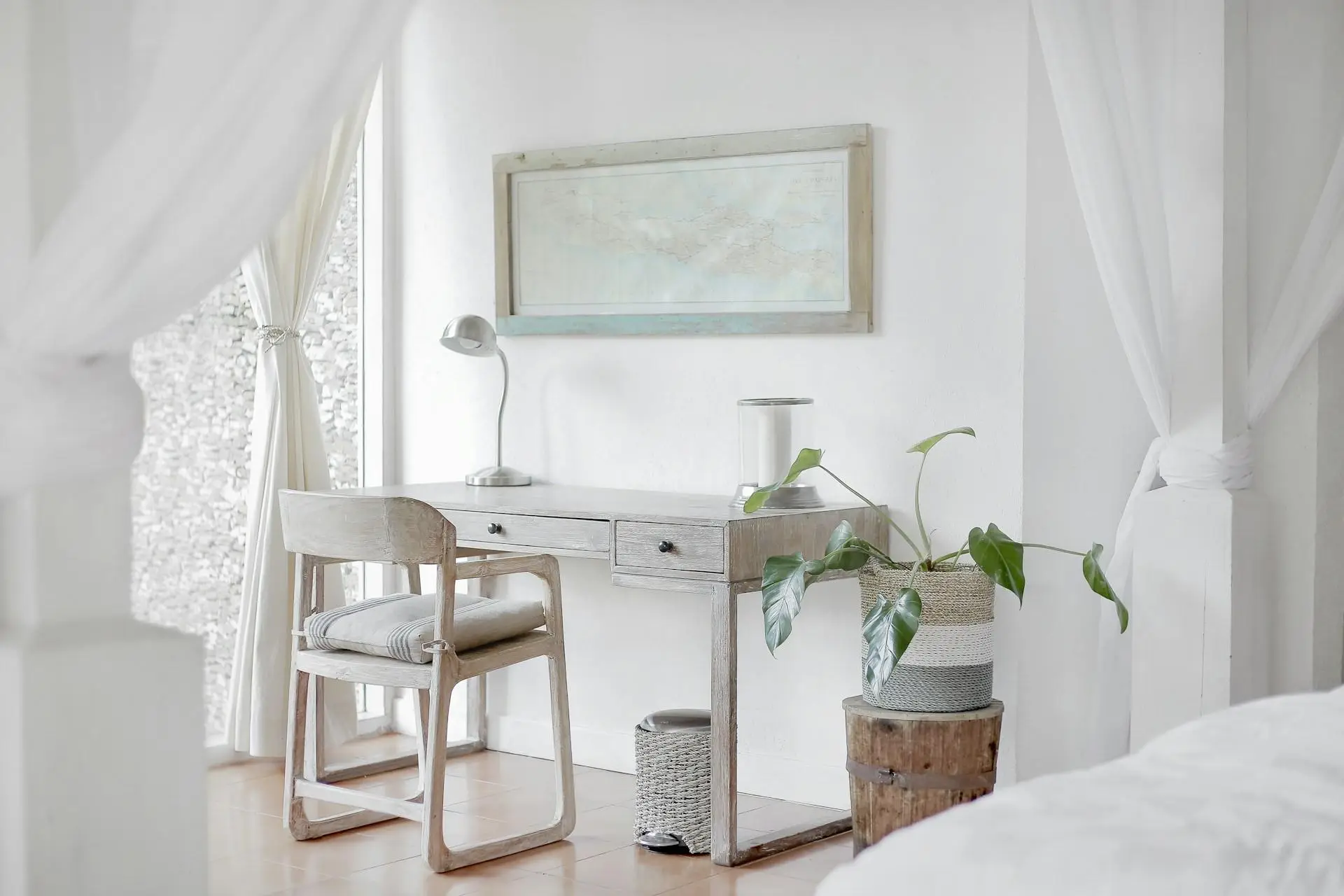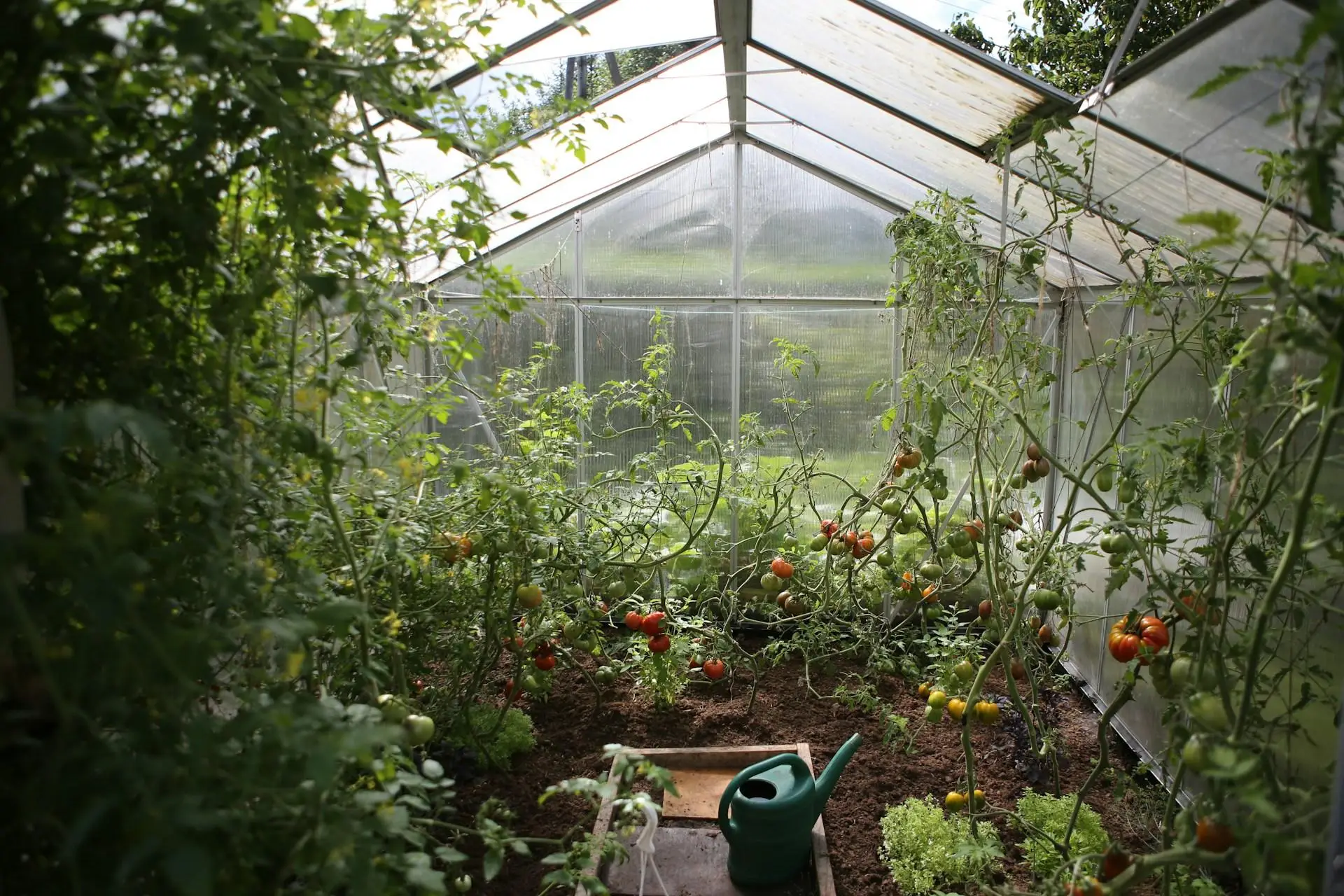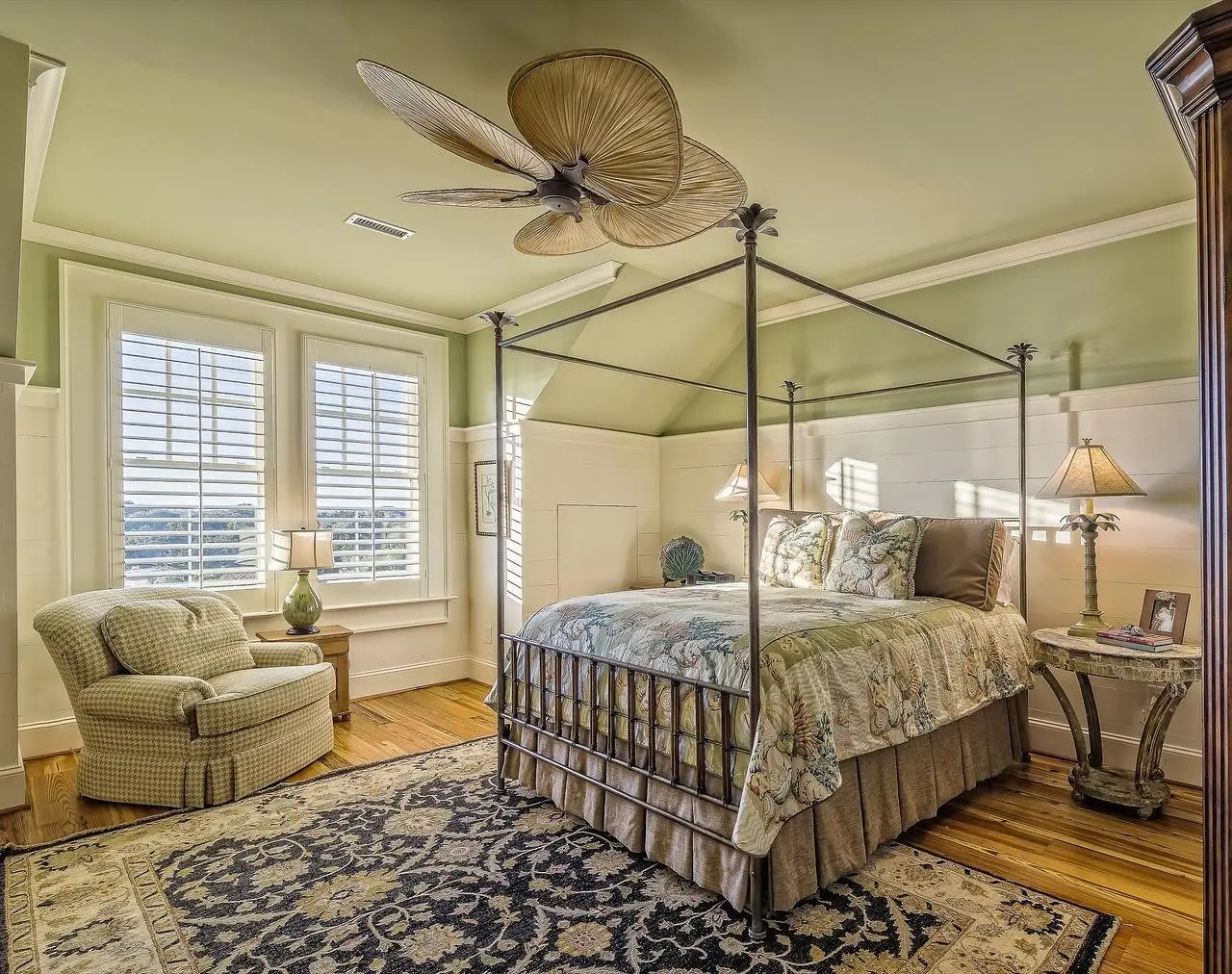Embracing minimalism in interior design: crafting simple and functional spaces
In an age where clutter and chaos often reign supreme, minimalism in interior design emerges as a refreshing antidote. This aesthetic focuses on simplicity and functionality, prioritizing essential elements over excess. Minimalist spaces are not just visually appealing; they promote an atmosphere conducive to stress reduction, enhanced focus, and overall well-being. As more individuals seek calm and clarity in their homes, mastering the art of minimalist interior design becomes increasingly relevant.
Understanding minimalism in interior design
Historical background
Minimalism traces its roots back to the early 20th century, emerging as a reaction against ornateness and the excesses of previous design movements. Influenced by movements such as De Stijl, Bauhaus, and Japanese aesthetics, minimalism emphasizes the expression of space, light, and materials. Iconic designers and architects like Ludwig Mies van der Rohe and Tadao Ando have profoundly shaped this aesthetic, focusing on creating harmony through simplicity and functionality in their designs.
Core principles of minimalism
At the heart of minimalist interior design lies a set of core principles that champion simplicity:
- Decluttering: A hallmark of minimalism, removing unnecessary items paves the way for clarity.
- Open spaces: Utilizing open layouts enhances visual flow and promotes ease of movement.
- Functional furniture: Every piece of furniture should have a specific purpose, contributing to both aesthetics and utility.
- Neutral color palettes: Soft, neutral tones create a calming backdrop while allowing the eye to rest.
- Natural materials: Wood, stone, and metal introduce warmth and authenticity, grounding a space despite its simplicity.

Key elements for creating minimalist interior spaces
Decluttering: the first step
To achieve a minimalist interior, one must engage in a thorough decluttering process. This involves assessing possessions and categorizing them into keep, donate, or toss. By honoring the importance and utility of each item in your home, individuals can create more intentional and spacious environments.
Furniture selection
Selecting the right furniture is critical in minimalist design. Emphasizing multi-functional pieces, such as sofa beds or storage ottomans, maximizes space and enhances functionality. Clean lines and simple forms are paramount, as they maintain visual clarity. If possible, investing in a few high-quality items that embody these principles is far more effective than filling a space with lower-quality furniture options.
Color palette and materials
The choice of color and materials plays a significant role in minimalist interior design. A neutral color scheme—characterized by whites, greys, and beiges—creates a soothing atmosphere. Natural materials enhance the aesthetic while fostering a connection to the environment, ensuring the space remains inviting rather than sterile.
Lighting in minimalist design
Lighting is another key component in minimalism. Prioritize maximizing natural light by keeping windows unobstructed and using sheer curtains. Additionally, choose simple, functional light fixtures that complement the design without overwhelming it. Soft, ambient lighting enhances the tranquil vibe such spaces strive for.
Declined ornamentation
In minimalist interiors, ornamentation is kept to a minimum. Rather than adorning surfaces with numerous trinkets, a few well-chosen art pieces or decorative elements create focal points. Textures, such as a woven blanket or a raw-edged wooden table, can introduce interest to the space without leading to visual clutter.
Techniques for maintaining functional minimalist spaces

Organizational strategies
Creating a minimalist space is only the beginning; maintaining it requires ongoing commitment. Implement organizational solutions that seamlessly blend with the design. For instance, built-in shelving or minimalist cabinetry can hide clutter while preserving the aesthetic integrity of the room. Establishing regular decluttering routines encourages an ongoing commitment to simplicity.
Mindful consumption
Mindful consumption is essential to fostering a minimalist lifestyle. Invest in pieces that serve multiple purposes and contribute to the overall aesthetic rather than distract from it. Embracing the "one in, one out" rule, where a new purchase necessitates the removal of one existing item, can help maintain a clutter-free environment.
Personalization without clutter
Minimalism can accommodate personal touches without compromising its principles. Incorporate personal items, such as framed photographs or cherished art, sparingly to enhance the space's warmth. Developing strategies for displaying these items, such as using simple frames or curated shelves, can achieve a delicate balance between personalization and minimalism.
Challenges and misconceptions about minimalism in interior design
Common misunderstandings
Despite its many benefits, minimalism is often misunderstood. Many perceive minimalist spaces as cold or uninviting, believing that simplicity equates to sterility. In reality, expert interior design can create warmth and depth through thoughtful choices and tactile materials.
Overcoming resistance
For those hesitant to embrace a minimalist aesthetic, gradual change can be effective. Consider starting with one room, decluttering and simplifying it to experience the benefits firsthand. Testimonials and case studies of individuals who transitioned to minimalism successfully can inspire and ease this journey.
Creating a minimalist interior is not merely about removing items but embracing a lifestyle rooted in simplicity and functionality. By honing in on essential elements and making intentional choices, it is possible to design a space that enhances well-being and promotes peace of mind.
Ultimately, minimalism in interior design offers an opportunity to enrich life through simplicity. By fostering environments that emphasize functionality and reduce emotional clutter, individuals can enhance their quality of life in their personal spaces. Embrace the minimalist philosophy, and discover the beauty of spacious, serene living.

